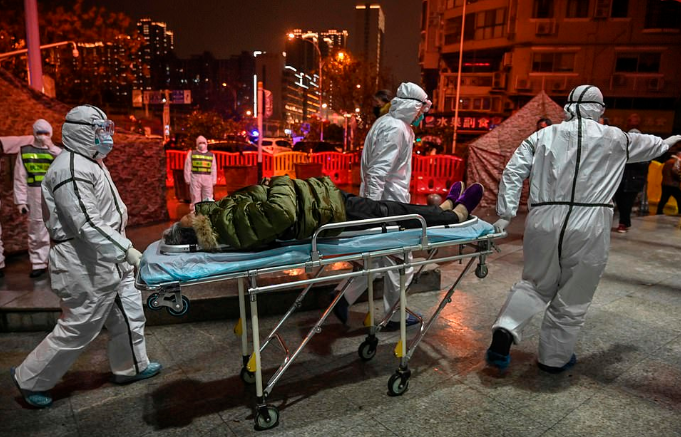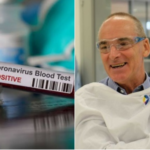A deadly new virus. Thousands of people infected. No cure. No vaccine.
We’ve been here many times before.
In the past five years alone, the world has faced outbreaks of Ebola, Zika, another coronavirus called Mers (Middle East Respiratory Syndrome), and now the virus simply known as “2019-nCoV”.
It’s already infected thousands of people and killed more than 100.
But unlike in many previous outbreaks, where vaccines to protect people have taken years to develop, research for a vaccine to help stem this outbreak got under way within hours of the virus being identified.
Chinese officials released its genetic code very quickly. That information helps scientists determine where the virus probably came from, how it might mutate as the outbreak develops, and how to protect people against it.
With technological advances and greater commitment from governments around the world to fund research on emerging diseases, research facilities were able to spring into action fast.
At Inovio’s lab in San Diego, scientists are using a relatively new type of DNA technology to develop a potential vaccine. “INO-4800 ” – as it’s currently called – with plans for it to enter human trials by the early summer.
Kate Broderick, senior vice-president of research and development at Inovio, said: “Once China had provided the DNA sequence of this virus, we were able to put it through our lab’s computer technology and design a vaccine within three hours.
“Our DNA medicine vaccines are novel in that they use DNA sequences from the virus to target specific parts of the pathogen which we believe the body will mount the strongest response to.
“We then use the patient’s own cells to become a factory for the vaccine, strengthening the body’s own natural response mechanisms.”
Inovio says if the initial human trials are a success, larger trials would follow, ideally in an outbreak setting in China “by the end of the year”.
It is impossible to predict whether this outbreak is likely to have ended by then. But if Inovio’s timeline goes to plan, the company says it will be the quickest a new vaccine has ever been developed and tested in an outbreak situation.
The last time a similar virus – Sars – emerged in 2002 – China was slow to let the world know what was happening. So by the time work on a vaccine started in earnest, the outbreak was almost over.



